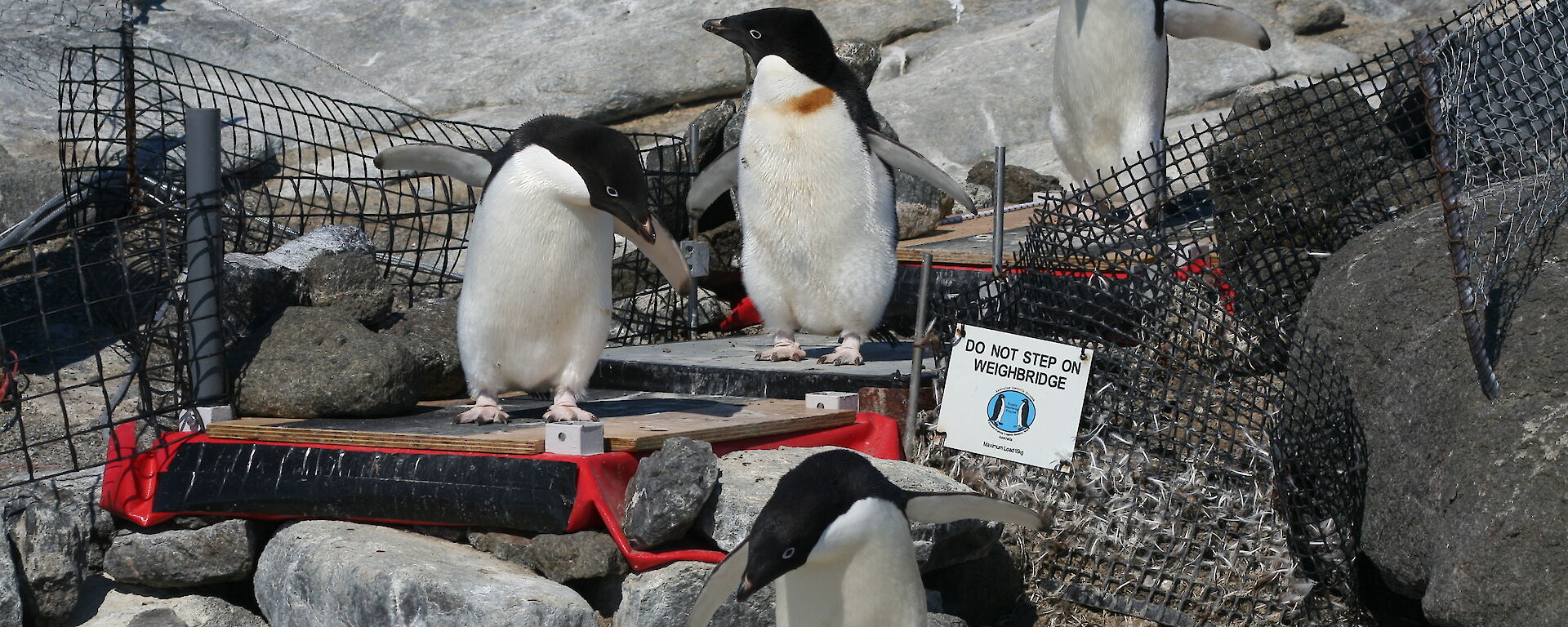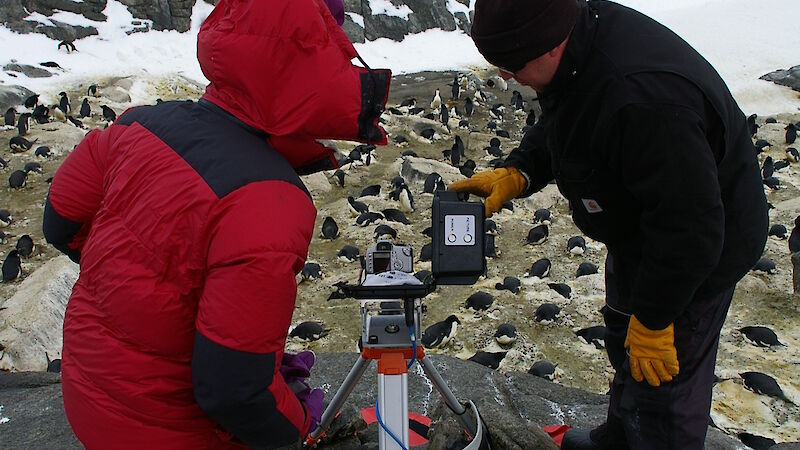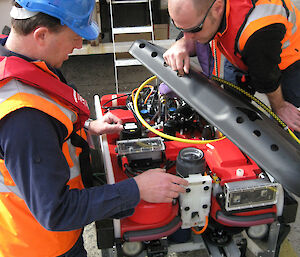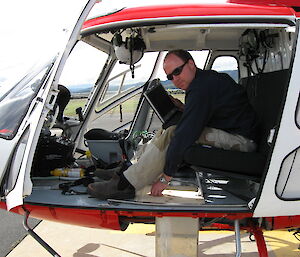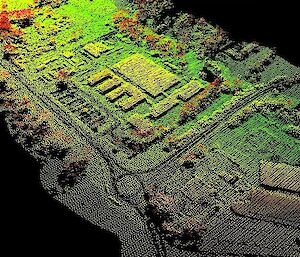“Another day, a whole ‘nother set of fresh possibilities”.
It’s a quote from MacGyver, the 1985 American action-adventure television series about a resourceful secret agent “possessed of an encyclopaedic knowledge of the physical sciences”, who solves complex problems by making things out of ordinary objects and his Swiss Army knife.
It’s also a concept that reflects the work (and thinking) of electronics engineer Kym Newbery, who, as a member of the Australian Antarctic Division’s Science Technical Support (STS) team, has to build and troubleshoot a vast array of electronic equipment for Antarctic science projects, in a challenging environment that demands creative problem solving.
So successful has Kym been in his 17 years in the role, that in June he received the Australian Antarctic Medal for his “outstanding technical contribution to the success of Australia’s scientific and logistical activities in Antarctica and the Southern Ocean”.
Among his many contributions are remote nest cameras, now installed near more than 50 penguin and flying seabird nesting sites around Antarctica. The cameras are programed to take photographs of the colonies at specific times throughout the breeding season and over winter. Depending on the species, photos are taken from 10 times per day in summer, to two per day in the winter, providing important information to seabird biologists on the changes in adult and chick numbers and movements. In many cases the photographs are the only way this information can be collected, given the remoteness of the locations and the challenge and expense of getting people on the ground.
The camera system has been so successful that the concept is likely to be adopted as a new standard method by the Commission for the Conservation of Antarctic Marine Living Resources (CCAMLR) for future ecosystem monitoring in Antarctica. It is also used on the continent by several other countries, and has provided photos for a citizen science ‘Penguin Watch’ program.
Kym is also responsible for the Automated Penguin Monitoring System (APMS), which is used to monitor the health of Adélie penguins (via changes in their weight) on Béchervaise Island, near Mawson, for the long-running CCAMLR Ecosystem Monitoring Program. Kym designed a major update to the APMS, originally developed by scientists in the late 1990s.
“We went through a number of iterations with the APMS design but the final system involves passively directing penguins, using narrow gates, over a weighbridge,” he says.
“Many of the birds can be individually identified by microchips implanted under the skin, and these tags are detected via two antennas on each side of the weighing platform. The antennas use Radio Frequency Identification (RFID) technology to read the tag numbers and identify the direction the birds travel, into or out of the colony.
“The new automated system improves on the tag read rate and the ability to remotely download, maintain and operate the system.”
It’s not all about penguins, however. Kym and the STS team have also developed a “flying toolbox” to assist sea ice scientists to measure the thickness and temperature of sea ice and snow cover (see 'Flying toolbox'). In 2014 they helped scientists design and build an underwater chamber system and associated electronics for ocean acidification experiments (Australian Antarctic Magazine 27: 4–5, 2014). More recently, Kym has been developing a fibre optic tow system to allow high definition video streams from the end of a tow cable attached to trawl nets on the Aurora Australis.
Prior to joining the STS team in 2001, Kym spent a winter at Mawson station as the support engineer for the Antarctic Division’s Atmospheric Space Physics Program. Since then he has spent part of almost every year in Antarctica, or on marine science voyages, working alongside other STS team members to support scientists working within the Australian Antarctic Program. No two days are the same.
“When I’m on the ship I usually support and look after the marine science instrumentation, or specific pieces of kit like towed electronic systems, remotely operated vehicles and whale recorders. In Antarctica I spend a lot of time maintaining, building and repairing different infrastructure,” he says.
When he’s not in Antarctica, Kym works on multiple projects from the Division’s Head Office in Kingston, Tasmania, designing new equipment, maintaining or upgrading existing projects, processing data and responding to science proposals.
Working outside in the cold on delicate and complicated electronics is always difficult so Kym designs a lot of systems — including the remotely operated cameras and penguin weighbridge controllers — to fit inside portable Pelican cases, which can be carried inside a warmer building, rather than remaining bolted to a rock.
“It’s not just for my comfort — soldering electronics in the cold is unreliable and prone to error, so working inside greatly increases the reliability of electronic systems,” Kym says.
The equipment Kym uses is either straight off the shelf, modified or built completely from scratch using mechanical and electronic computer aided design (CAD) software. Computer controlled temperature chambers are used to make sure that problems with the cold are discovered sooner rather than later. But even with the best preparations problems still arise, leaving Kym scrambling for his “McGyver hat” to work it out.
“So far the only problem I haven’t been able to crack is how to keep platelet ice from forming on under-ice instrumentation, without using excessive amounts of electrical power,” he says.
Fortunately, Kym has a range of MacGyver quotes up his sleeve for inspiration.
“Desperation tends to make one sort of flexible,” he offers.
Wendy Pyper
Australian Antarctic Division

